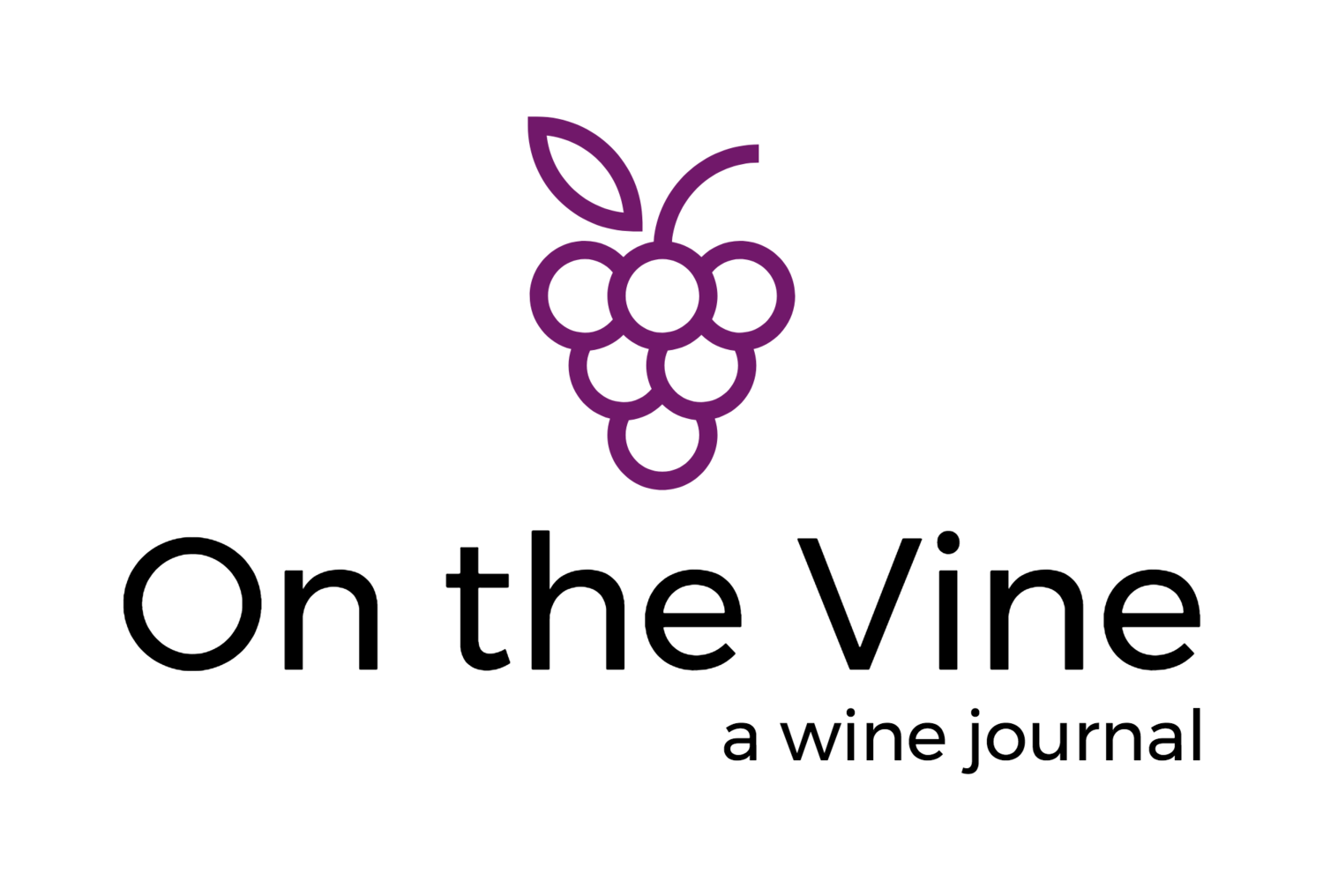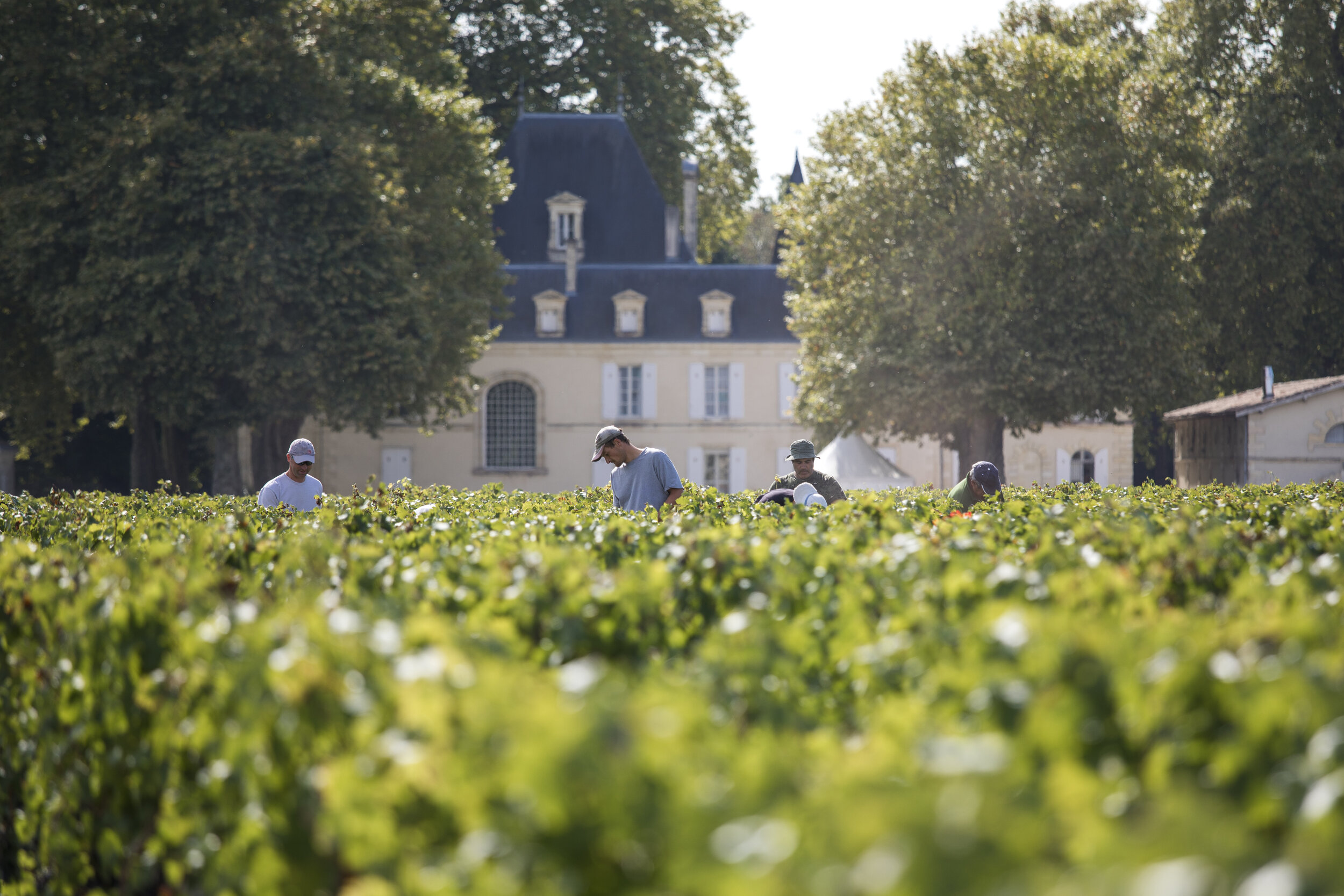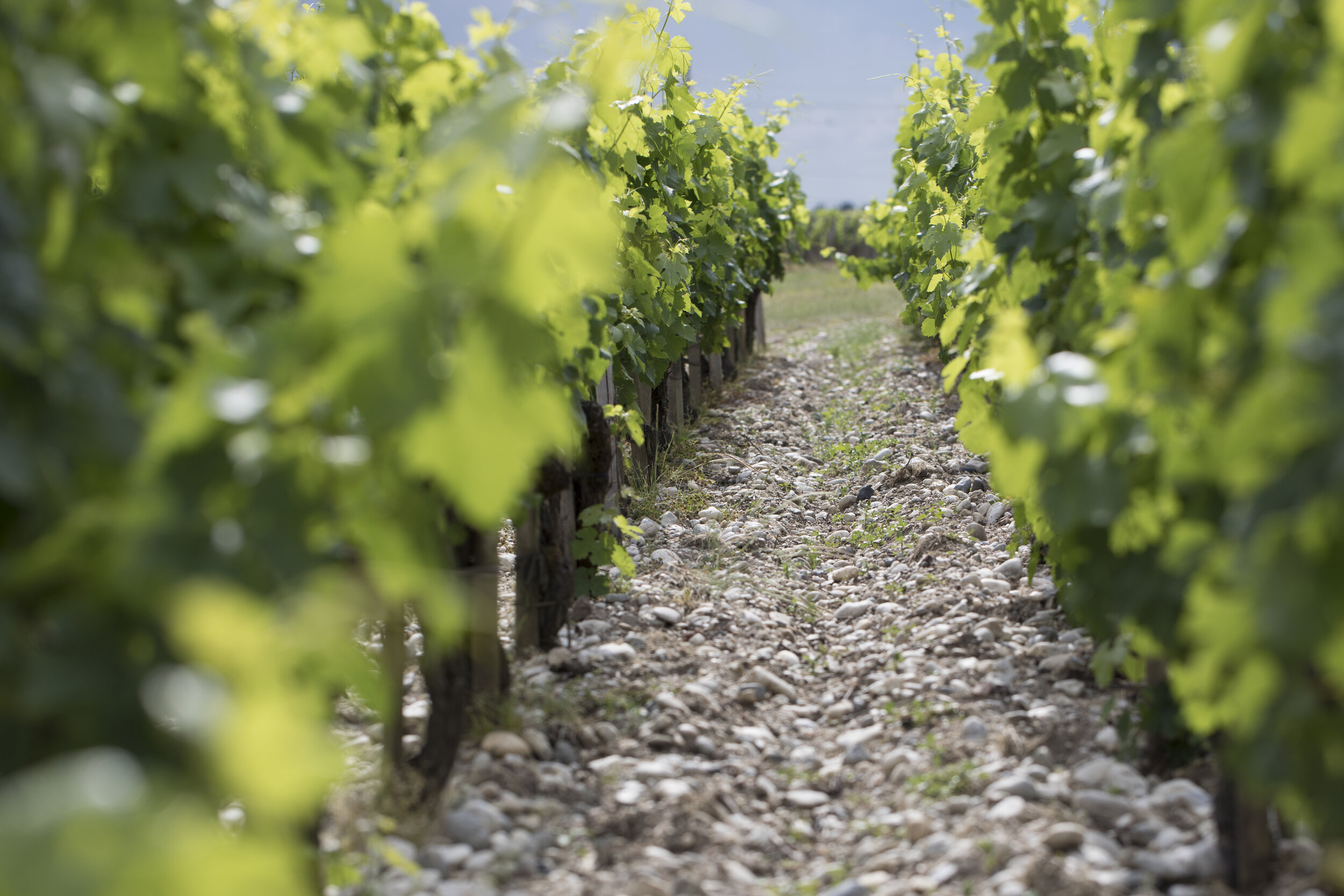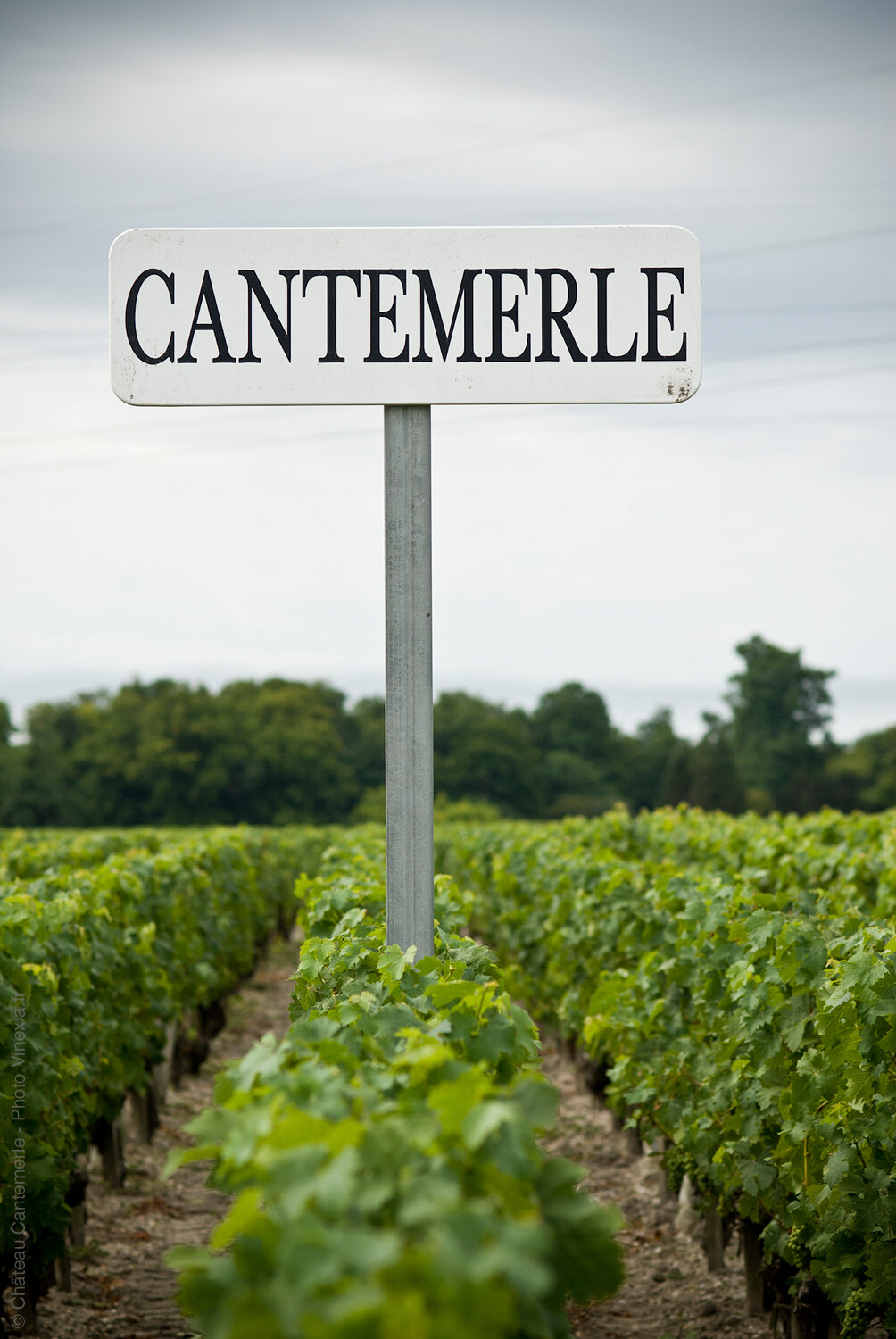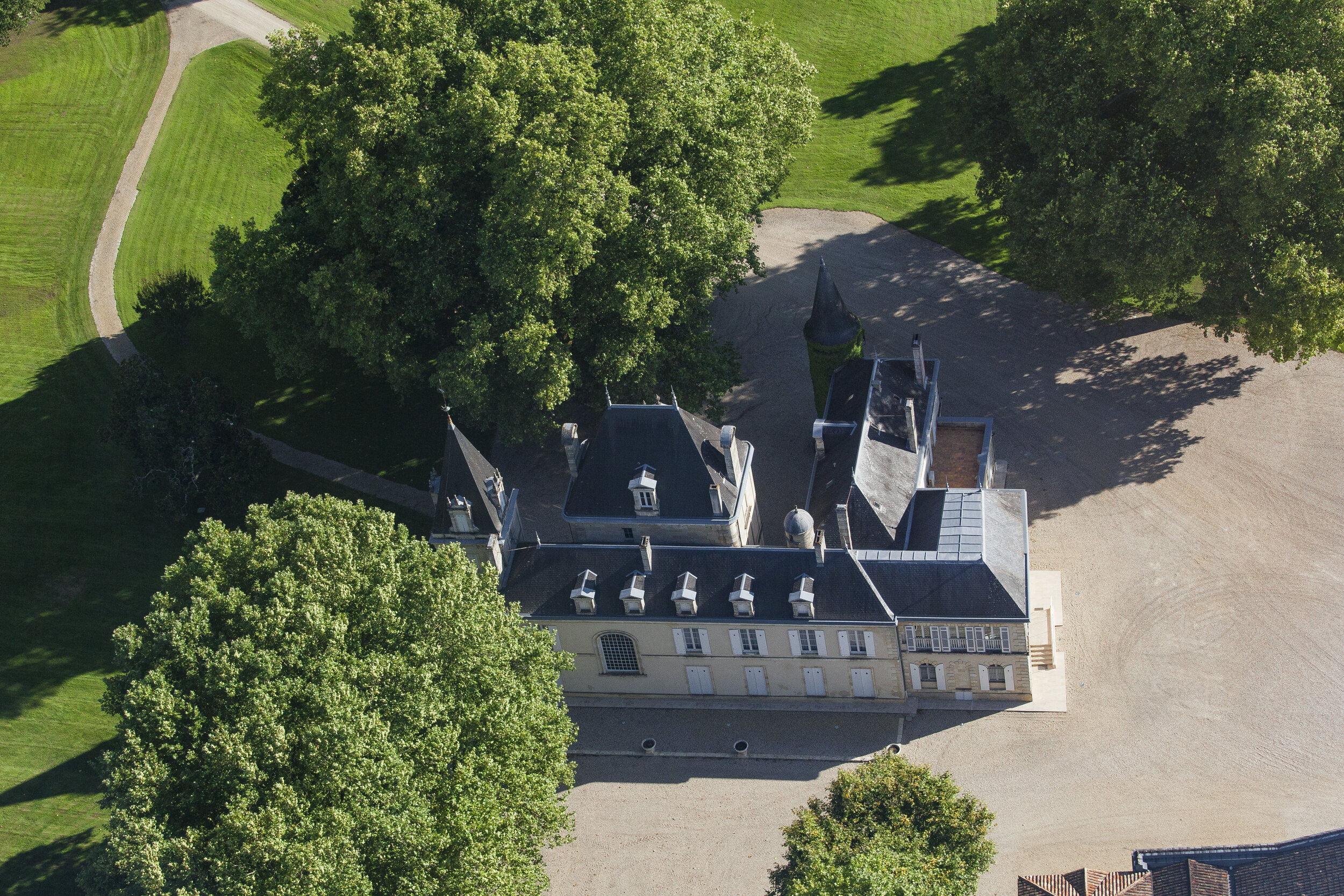Bottled During the Reagan Administration
/Staying at home full-time has been an occasion for digging deeply into the wine cellar. A bottle of 1988 Château Cantemerle came my way a couple years ago as part of a wine “inheritance.” At 32 years, it is among the oldest bottles I have ever experienced and prompted some research that connects with some previous experiences on this wine journey.
Fifth Growth
Since at least the 12th century, wine has been made at Château Cantemerle, located on the left (west) bank of the Gironde river in Bordeaux. This is the Cabernet Sauvignon-dominant side of Bordeaux, and the blend reflects the practice of the château’s Haut-Médoc location by also including Merlot, Cabernet Franc and Petit Verdot. Cantemerle (from “Canta Merla,” meaning blackbird song) has a particularly interesting history in relation to the 1855 Classification. The Classification is a list of Bordeaux wine producers created at the request of Napoleon III, so that France’s best wines could be displayed before visitors from around the world at a Universal Exposition in Paris that year. Ever since, this 1855 Classification has stood as the official ranking of the best of the region, despite the many changes of ownership, property boundaries and vineyard practices that have happened over the years. Fifty-eight châteaux were included in the original list, classified in five groups (“growths”). Château Cantemerle was left out of the original handwritten list, but can be seen in images of it as having been added in different handwriting. According to the Château’s website, the oversight occurred because the estate sold most of its wine at the time to Holland, and thus its selling price was unknown to the local Syndicat of Courtiers. Châteaux qualified for the Classification based on price, which correlated with quality, and Cantemerle should have been included among the Fifth Growths based on these criteria. The correction was made before the Exposition closed and Cantemerle took its place among the Grand Cru Classé. The château’s addition to the list is one of only two changes that have ever been made in the Classification of 1855, the other being the elevation of Mouton Rothschild to the group of First Growths in 1973.
This quirky history matters in that this had been regarded as a special bottle of wine by its previous owner – after all, it has been kept for over 30 years! And one could reasonably expect that this would be a good example of quality and style from the region. Its distinctiveness made possible the chance to experience a fully-mature Bordeaux wine all these years later.
Tasting Notes
Based on previous experiences with other old wines, I decided to decant the wine and allow it to evolve as it reacted with the air. The garnet color was still amazingly vibrant with only a little bit of the brick color one often associates with old red wines. At first the wine seemed quite tightly wound on the palate – harshly tannic. But after an hour in the decanter, the fruit had emerged and the wine gained a balance of dark cooked fruit flavors, tannins, smoky tobacco notes and vibrant acidity. The nose evolved as well, opening up pleasantly along with the flavors of the wine. This wine was no longer at its peak, but was definitely enjoyable with dinner. It also offered a new experience of one of the world’s iconic wine-growing regions.
Old Wine
Despite the mystique of aged wine, the vast majority of bottles purchased in the United States are consumed within a week or two. Most fine wine is produced with an eye to aging potential, but it is also a common intention for wine to be “approachable” at release. Wine definitely evolves in the bottle over time, but not every drinker will appreciate the result. And the challenge of successfully storing a bottle over the long haul is no small consideration. Currently, fresh, vibrant wines are very popular – especially among advocates of “natural wine” styles. So older is different, not necessarily better. But for a wine geek, an old bottle can be a chance to bring life to subjects that previously lived only on the pages of reference books. The 1988 Cantemerle was bottled only a few years after the château had been acquired and modernized by its current owner. I was 26 years old at the time, and California White Zinfandel was my drink. It is fun to imagine the evolution that bottle – and me – have experienced over 32 years’ time.
